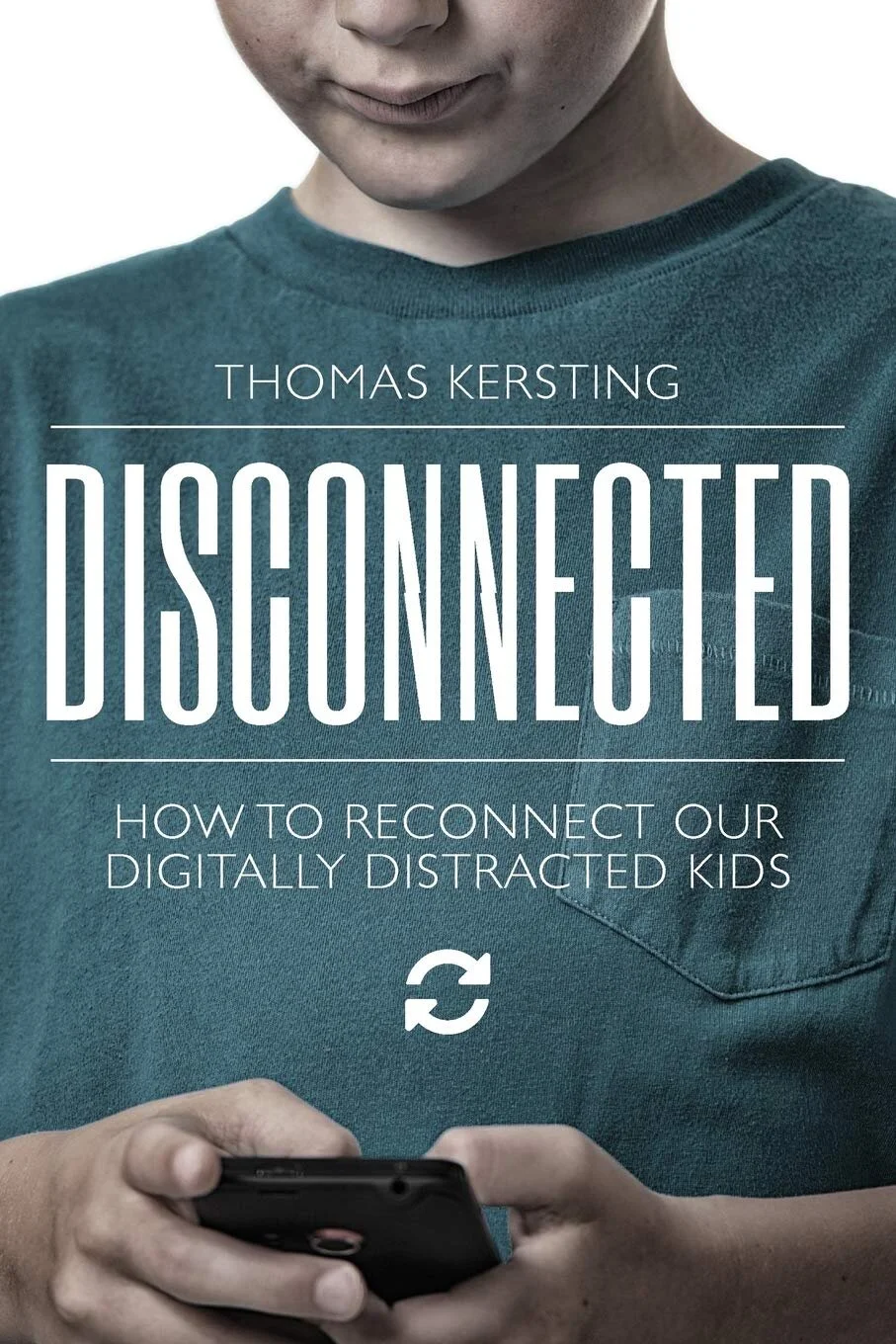William Shakespeare said, “The eyes are windows to your soul.” That might be why it’s difficult and uncomfortable for some people to make eye contact while speaking with others. Making eye contact is an important part of communication and social interactions. It shows we are attentive and interested in what the person is saying. Making eye contact also gives the speaker confidence to continue with the discussion.
Help your child learn to make eye contact. 3 parenting tips.
Many children find it a chore or even scary to make eye contact. It requires confidence and when a child is anxious or lacks confidence making eye contact can seem intimidating. Below are three different techniques to try with your child to help them make and maintain eye contact.
1. Repetition.
Averting eye contact might just be a habit your child has developed over the years. If this is the case repetition might help break that habit or create a new habit. Habits are difficult to break but if you stay at it, this technique should only take a few weeks. This technique is very simple because it allows you to use situations in your daily life to naturally teach making eye contact. For instance, if your child asks for something like a toy or snack, remind your child to look you in the eye when she asks. Do this every single time and before you know it your child will be comfortable making eye contact with anyone.
2. Reward System.
Positive reinforcement is a great technique for teaching children anything, and teaching them to make eye contact is no exception. Once your child begins to make eye contact without your lead, you can keep track of their progress using a sticker chart. When your child gets five stickers, you can reward them with extra game time or maybe even fewer chores. Maybe you can't stand the idea of one more thing hanging on your fridge, try a digital reward chart that's manageable from your phone or laptop where you reward them from a universal gift-list.
3. Slow and Gentle.
Many children are reluctant to make eye contact because they feel insecure or anxious. Think of how your child looks when they know they did something wrong. The first thing they do is look down at the ground or avert their eyes in another way. Perhaps somewhere along the way your child has equated looking in someone’s eyes with being in trouble. If you think this is the case with your child you can start changing this behavior by creating a relaxing environment for your child. Instead of saying things like “Look at me when I’m talking to you” you can gently raise their chins and smile at them. This teaches them that making eye contact is enjoyable.



